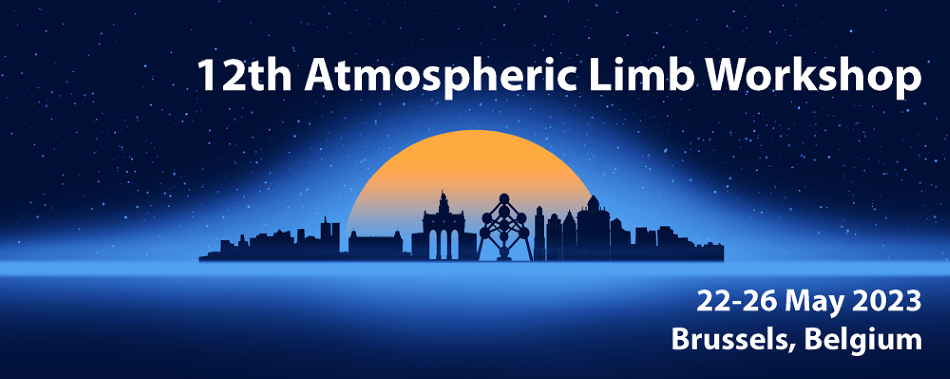Speaker
Description
Atmospheric composition continues to be a key Earth science focus for international space agencies and research organizations. The target constituent varies depending upon the topic area of interest such as monitoring the ozone layer and the efficacy of the Montreal Protocol, assessing the influence of volcanic eruptions and large wildfires on the atmosphere, improving our knowledge of transport processes, or evaluating the impacts of greenhouse gases on climate. Additionally, there is a growing need for measurement continuity of many trace gases both from an inability to properly assess long-term trends without it as well as the reliance of reanalyses and chemistry climate models on observational input. To this end, proper continuity requires continuous and overlapping multi-instrument data records of which spaceborne measurements are a critical component. However, most current satellite systems are well beyond their expected lifetimes, and so we look toward the future to develop the Stratospheric Aerosol and Gas Experiment (SAGE) IV as a future mission concept. Enabled by the NASA Earth Science Technology Office’s (ESTO) Instrument Incubator Program, the SAGE IV Pathfinder project has developed and validated a prototype demonstration that paves the way for a future SAGE IV spaceflight mission. Utilizing solar occultation imaging, SAGE IV will be capable of measuring key species in the stratosphere and upper troposphere with the same quality as previous SAGE instruments but with greatly improved pointing knowledge and extensibility to new science targets. Furthermore, current technological advancements allow SAGE IV to fit within a CubeSat framework and make use of commercial hardware, significantly reducing the size and cost when compared with traditional missions and enabling sustainability of future measurements.

